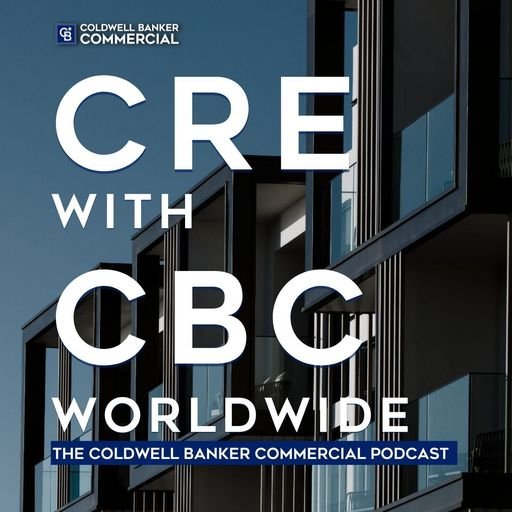3 Ways Global Urbanization Impacts CRE

The U.S. population saw overall growth of 9.7% in the years between 2000 and 2010, but growth in urban areas was higher, at 12.1%. Urbanization is a significant feature of growth around the world, and has considerable impact on commercial real estate.
The extent of this trend and the factors that have contributed to it are discussed in a 2014 study released by Rutgers. For about 30 years from World War 2 to the mid-1970’s, the U.S. population shifted, with more people preferring to live –and often also work- outside of the urban core. Single-family homes became the ideal and longer commutes were part of modern life. The population in city centers began to shrink, while suburban development gathered momentum.
In the last couple of decades there has been shift in priorities that’s made living and working in the city more desirable. People are demonstrating a preference for the convenience of renting as opposed to home ownership. They are interested in access to amenities that can be found in mixed-use urban areas –recreation, museums, dining, and entertainment. In general, we’re more interested in sustainability, so a short or non-existent commute makes sense, ethically and economically. The economic downturn and, in many cases, burdensome student loans have contributed to this practicality.
The millennial generation makes up the majority of this “post-suburban demographic,” but retiring Baby Boomers also tend to favor city living. They are looking to enjoy the amenities of the city without spending a lot on fuel and spending time driving into town. They also appreciate living close to top medical facilities, culture, and retail outlets in the urban centers. Many people are willing to live in a smaller home when parks, museums, and other city attractions surround it.
This shift has had an impact on the CRE market and created many opportunities, particularly with regard to residential redevelopment and increased retail activity.
Redevelopment
Adaptation of existing properties as residential options has grown to meet the demand for urban living space. This can involve older residential buildings as well as underutilized properties built for other purposes. City governments are happy to support this effort, which helps revitalize neglected neighborhoods.
Mixed Use
The popularity of mixed-use development creates more livable urban communities, and more urban residents draw more business. Retail development is being sprinkled into residential areas, as well as dining, entertainment, and services, like banks and dry cleaners. Office towers often incorporate a few floors of retail, and this is seen as an amenity for the people working there.
Infrastructure investment
Increased activity in urban neighborhoods leads to needed improvement in infrastructure, which in turn can draw more residents. The trend toward transit-oriented development is bolstering use of public transportation by creating retail corridors near transit routes and stations.
A prominent example of this can be found in the colossal Hudson Yards project in Manhattan. Built atop a busy rail yard, this massive development will include millions of square feet in new office, residential, and retail space. It is also the site of the city’s first new transit station in 25 years. The number 7 train extension terminates in the facility, which opened last fall. The development is expected to draw thousands of visitors to the Hell’s Kitchen and Chelsea neighborhoods, and to capitalize on its location adjacent to the popular High Line park.
A Trusted Guide in Commercial Real Estate
Coldwell Banker Commercial® provides Commercial Real Estate Services from Property Sales and Leases, to Property Management. Learn how our expansive network of Independently Owned and Operated Affiliates and Real Estate Professionals use their in-depth knowledge of the local market and industry trends to help businesses and investors navigate the complexities of the commercial real estate landscape.






